
April Promo

April Promo
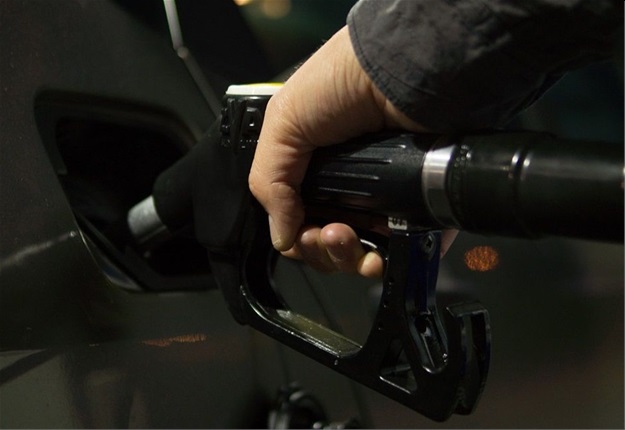
These increases will be compounded by rises in fuel taxes which come into effect in April. There will be an additional increase of 15c for the fuel levy and 5c for the RAF levy (which doesn’t apply to illuminating paraffin).
The following price hikes are expected:
Petrol – R1.28 increase per litre
Diesel – R0.77 increase per litre.
Diesel and illuminating paraffin have come off comparatively lightly, with increases of R0. 57 (excluding the additional levies) and R0.56 a litre respectively. But the petrol price has been battered by both product price increases and the weakening Rand, yielding an increase of R1.08 a litre, excluding the additional levies.
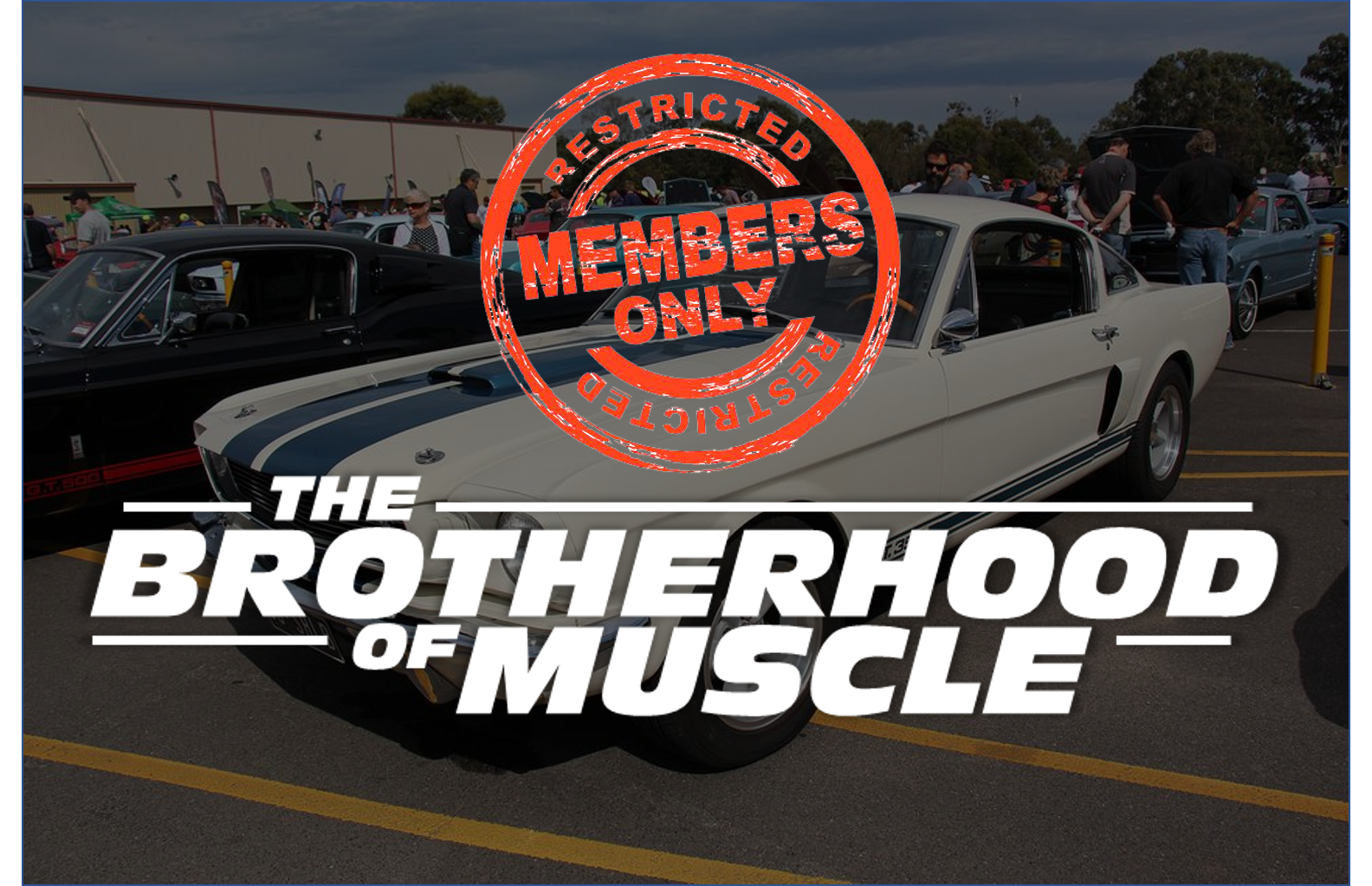

Chevrolet’s Central Office Production Order (COPO) system was designed for fleet sales; it was intended to spec out heavy-duty suspensions for cop cars and stain-proof interiors for taxicabs. But enterprising dealers with the right connections, such as Yenko Chevrolet in Pennsylvania, figured out that Camaros could be ordered this way, too. And given the right order codes, the dealer could spec out a fire-breathing monster of a Camaro that Chevy didn’t really want you to own.
The production order 9561 specified a 427 big-block V-8 rated at 425 hp—just like a Vette. But the even rarer COPO 9560 called for an all-aluminum ZL-1 427 V-8. Though this engine was rated with just 5 more hp, it was widely known that this race-spec engine delivered more like 550 hp. Only 69 ZL-1 Camaros were built, and these cars command prices in the $400,000 range at an auction
Little-Known Fact: The aluminum ZL-1 427 V-8 in the 9560 COPO Camaro is essentially a race engine. Chevy originally developed this 427 motor for the Chaparral racing team to use in the Can Am series. There are no external emblems on a ZL-1 Camaro that let you know what’s under the hood—only plain-vanilla Camaro badges.
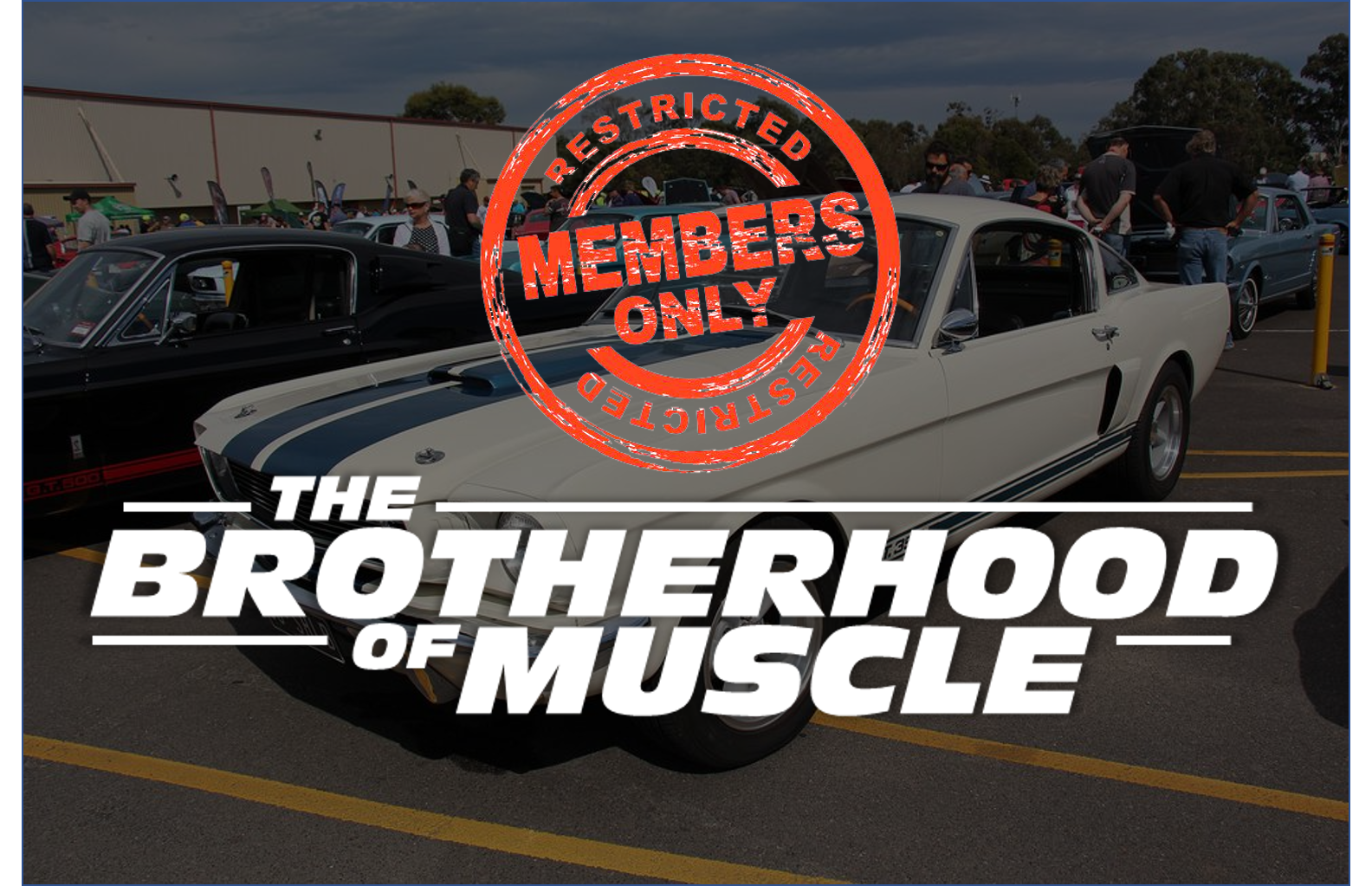

Pontiac owned the muscle scene in the early 1960s. In fact, the 1964 Pontiac GTO is widely regarded as the very first of the breed. But by 1968, that car had plenty of competition. The thought within Pontiac was to make a cheaper version of the GTO with a smaller 350-cubic-inch engine called the ET (for "elapsed time") a drag-racing term.
Pontiac boss John DeLorean didn’t like that idea. To him, no GTO could have an engine that small. Instead, the team built a car one step up from the regular GTO. DeLorean himself named the car after a popular skit on the TV show Rowan and Martin’s Laugh-In. The Judge featured the 360-hp Ram Air III engine standard, but buyers could also opt for the more hardcore 370-hp Ram Air IV. The rarest of all were the GTO Judge Ram Air IV convertibles—only five were built in 1969.
Little-Known Fact: The original TV commercial for the Judge featured the rock band Paul Revere and the Raiders singing about the GTO out on a dry lakebed. According to the book Pontiac Pizazz, by Jim Wangers and Art Fitzpatrick, the lead singer, Mark Lindsay, was a car guy and loved the Judge, so he wrote a song about it. Wangers claims this commercial is considered one of the earliest rock-music videos.
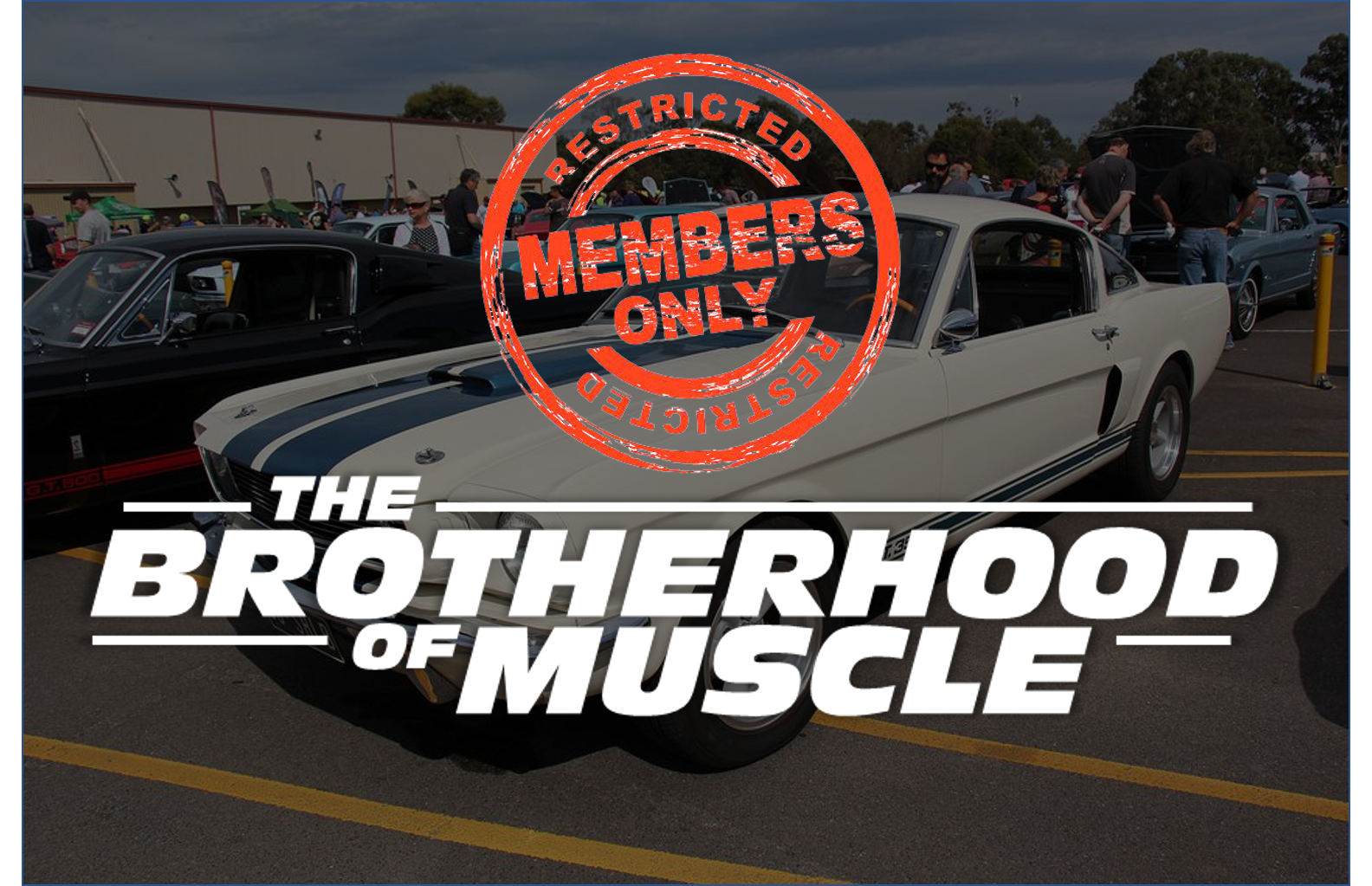

When GM relaxed its longstanding rule forbidding engines larger than 400 cubic inches to be installed in midsize cars, it set off a muscle frenzy across the company’s divisions. Oldsmobile put the huge 455-cubic-inch into its 442, and Chevy installed a unique 454-cubic-inch V-8, the LS6, into its Chevelle SS.
A conservative estimate of the LS6’s power puts it at 450 hp and 500 lb-ft of torque. But thanks to its high 11.25:1 compression ratio and giant Holley 780 CFM carb, the LS6’s real output in the Chevelle SS was closer to 500 hp, many experts claim. Our pals at Car and Driver tested one in 1970 and found it hit 60 mph in just 5.4 seconds, running through the quarter-mile in 13.8 seconds. And that was with the skinny low-grip tires of the day; that same car with modern rubber would be much quicker. The LS6 carries the highest factory horsepower rating of all muscle cars.
Little-Known Fact: The Chevrolet Corvette has always been Chevy’s top performance car. And up until the LS6, GM wouldn’t allow any other Chevy to carry a horsepower rating higher than that of the Corvette. But somehow that stance was relaxed for 1970—the highest horsepower engine you could get in a 1970 Corvette was a 390-hp LS5 454. An LS7 was planned with 465 hp, but it was never officially sold. So why no LS6? An LS6 Corvette was offered for 1971, but its potency slipped (at least officially) to 425 hp.
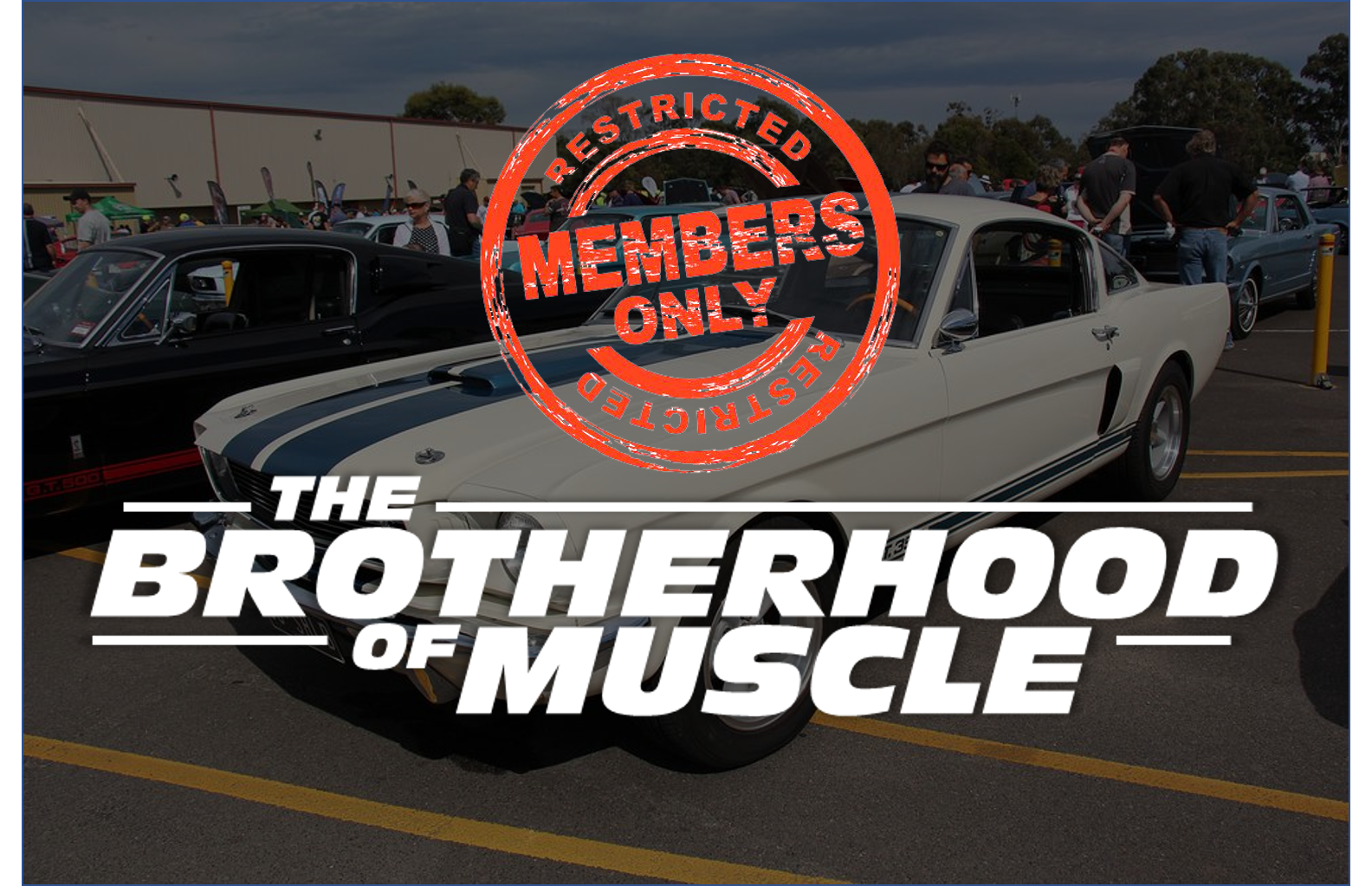

In the late 1960s and early 1970s, Nascar was in its golden age. Automakers took the business of stock-car racing seriously and would dream up engines and bodywork for racing that were often too wild for the street. All the automakers needed to do was sell 500 of these radical cars and they could run them in Nascar.
The Boss 429 Mustang was just such a beast. Although the Mustang didn’t compete in Nascar, the 375-hp 429-cubic-inch V-8 under its hood was designed specifically for racing and built to rev to 6000 rpm. The problem was, this motor did not perform well on the street. It was slower than the other big-block Mustangs at the time. The Nascar-bound V-8 was monstrously large and did not fit in a stock Mustang’s engine bay. So Ford contracted Kar Kraft in Brighton, Mich., to handle the job. The company relocated the shock towers, widened the track of the front end using unique componentry, relocated the battery to the trunk, and fitted a smaller brake booster—all to make room for this beastly powerplant to fit in the Mustang. Today, the rarity and mystique behind the Boss 429 has pushed values at auction well beyond $200,000.
Little-Known Fact: There were actually three different 429 engines installed in the Boss 429 between ’69 and ’70. The hardcore "S-Code" was installed in early cars and filled with race-duty parts. But the S-Code had warranty problems, reportedly because of an incorrect assembly process. So the "T-Code" with lighter-duty parts was used in some cars. The later "A-Code" version of the 429, equipped with smog equipment and a new valvetrain, appeared toward the end of production.
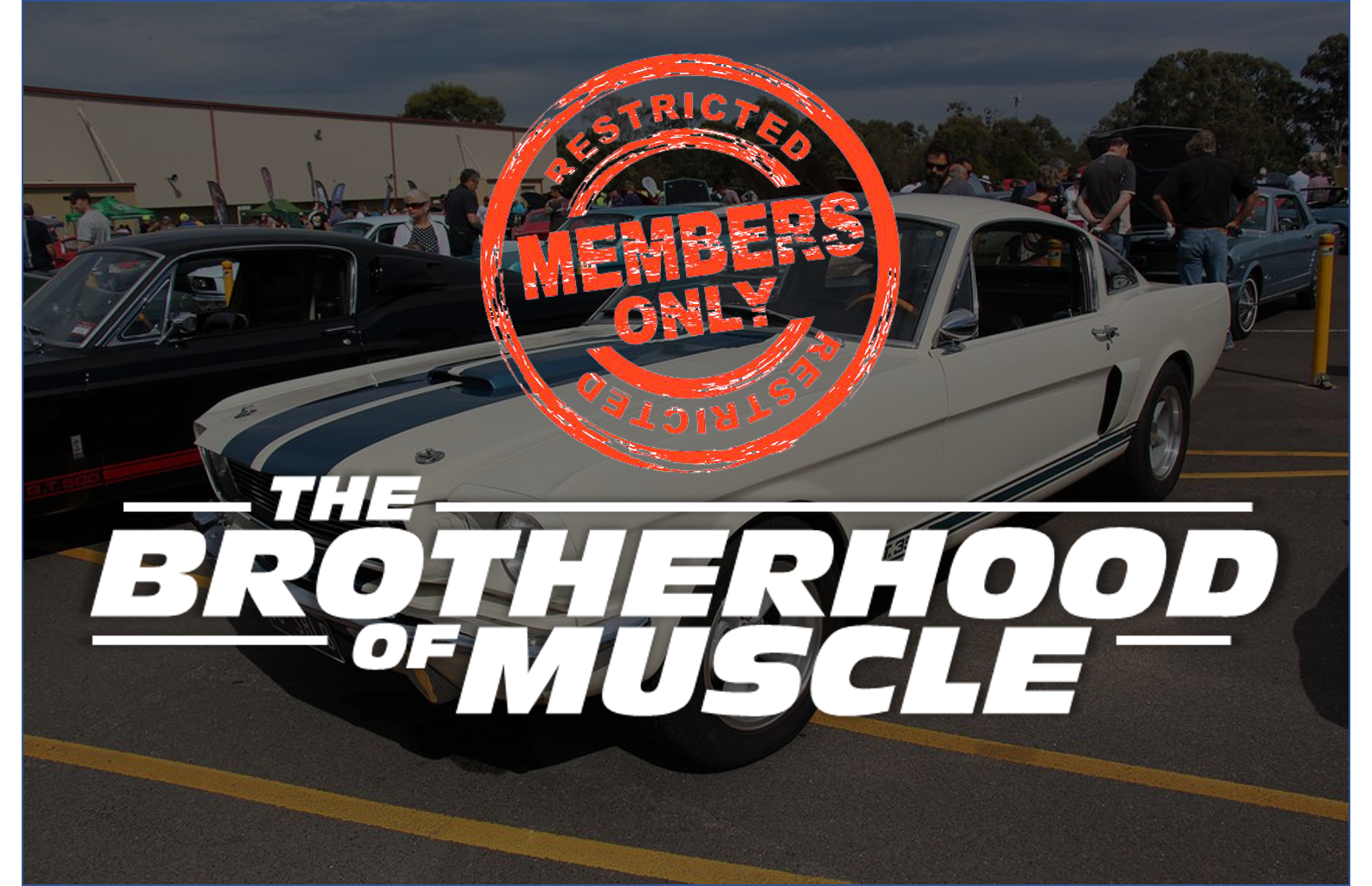

By the late 1970s, muscle car performance was a mere shadow of what it had been years earlier. The latest emissions controls, combined with high gas prices and stratospheric insurance costs, caused most automakers to severely dial back horsepower.
But not Pontiac. The Trans-Am had been riding a new wave of popularity since its starring role in the movie Smokey and the Bandit. For the 1978 model year, Pontiac added to the excitement by actually increasing the horsepower of its top-level Trans Am from 200 to 220. The brand also developed a special handling package called the WS6 that added a sport-tuned suspension, wider 8-inch wheels, new tires, and quicker steering. The result was a Pontiac Trans-Am that was actually quicker and handled better around a track than the Chevy Corvette.
Little-Known Fact: The Pontiac’s T-top roof, which first became an option in 1976, was as close as a buyer could get to a convertible Trans Am. These lift-out roof sections were initially made by Hurst and were known as the Hurst Hatch. The problem was, they leaked. This led Pontiac to develop its own T-tops within GM’s Fisher body division and launch the option midway through the 1978 model year. So some ’78 Firebirds have Hurst T-tops and others have the Fisher units. You can spot the difference because the Fisher glass roof panels are larger than the Hurst Hatch ones.
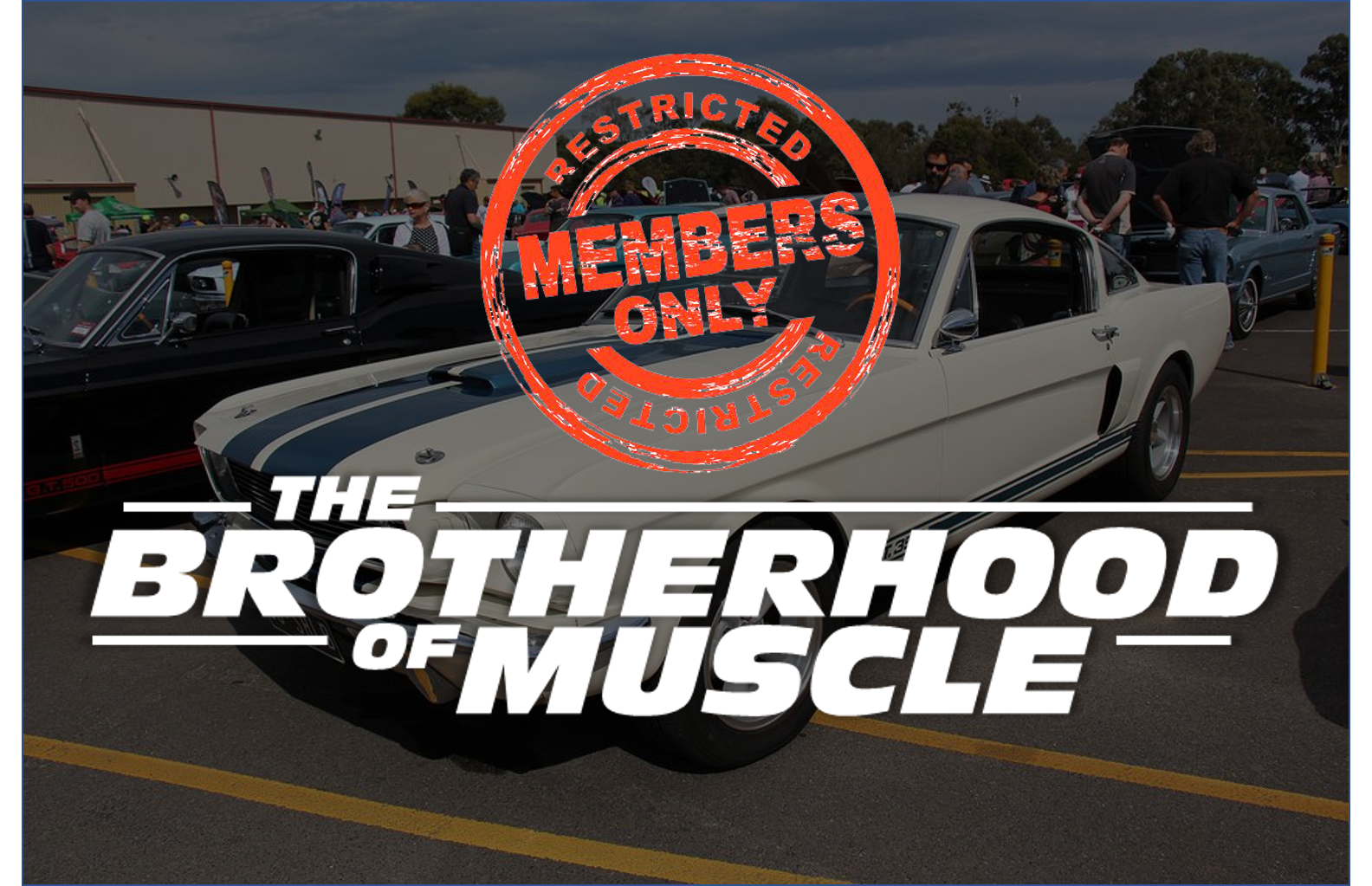

The 442 (which gets its name from its four-barrel carburetor, four-speed manual, and dual exhausts) was based on the Cutlass and become the hot muscle machine for the Oldsmobile division. It shared its platform with two other hot GM machines, the Chevy Chevelle SS and the Pontiac GTO. And like the GTO, the 442 was only a trim level at the beginning. But by 1970, you could get a huge 455-cubic-inch big-block V-8. And when equipped with the even more potent W30 parts, the motor made 360 hp and a whopping 500 lb-ft of torque. It could hit 60 mph in less than 6 seconds, which was very quick for the time—especially for an Olds.
Little-Known Fact: Actor James Garner raced a beefed-up 1970 Olds 442 in the NORRA Mexico 1000 (a precursor to the Baja 1000), where it won second in class. The Goodyear Grabber, as it was known, was built by legendary Baja-race-vehicle guru Vic Hickey and sponsored by Goodyear tires. The vehicle was recently restored and put up for sale.
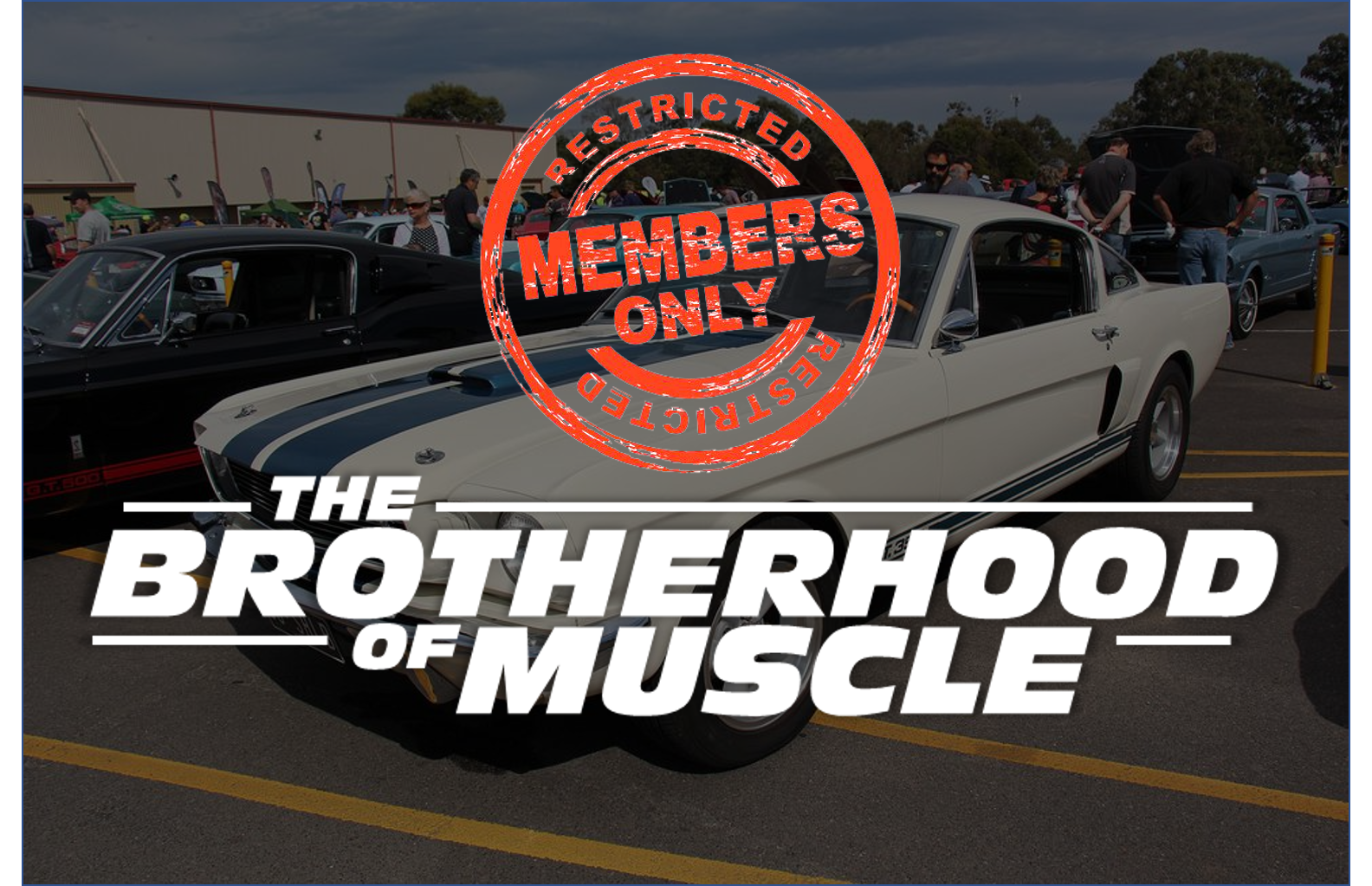

The high-performance GTO version of Pontiac’s Tempest is regarded in many circles as the original muscle car and it added some serious heat to automaker’s lineup for 1964. The following year, Pontiac decided to work that same magic on it’s bigger cars by dropping a 338 hp 421 cubic-inch V8 into the all-new big body Catalina to create the 2+2 performance model. It was a terrible name but a beastly machine, especially if you spent a few more bucks and upgraded to the 421 H.O. which made 376 hp. The 2+2 famously used a wide eight-lug hubs and included a beefier suspension, bucket seats, a Hurst shifter and special badging.
Little Known Fact: The high-performance cars Pontiac supplied to the automotive press during the 1960s were sent to Royal Pontiac in Royal Oak, Michigan before landing in writer’s hands. Royal was a dealership but it was also a tuning shop that offered Pontiac-approved speed parts for its clients. And it’s likely some of the best parts ended up on these Pontiacs because the Catalina 2+2 that was tested by Car and Driver at the time could not only hit 60 mph in 3.8 seconds and charge through the ¼-mile in 13.8 seconds but it was quicker around a track than the Ferrari the magazine used in that comparison test. It’s safe to say no factory-equipped Catalina 2+2 could repeat that feat without some Royal speed parts.
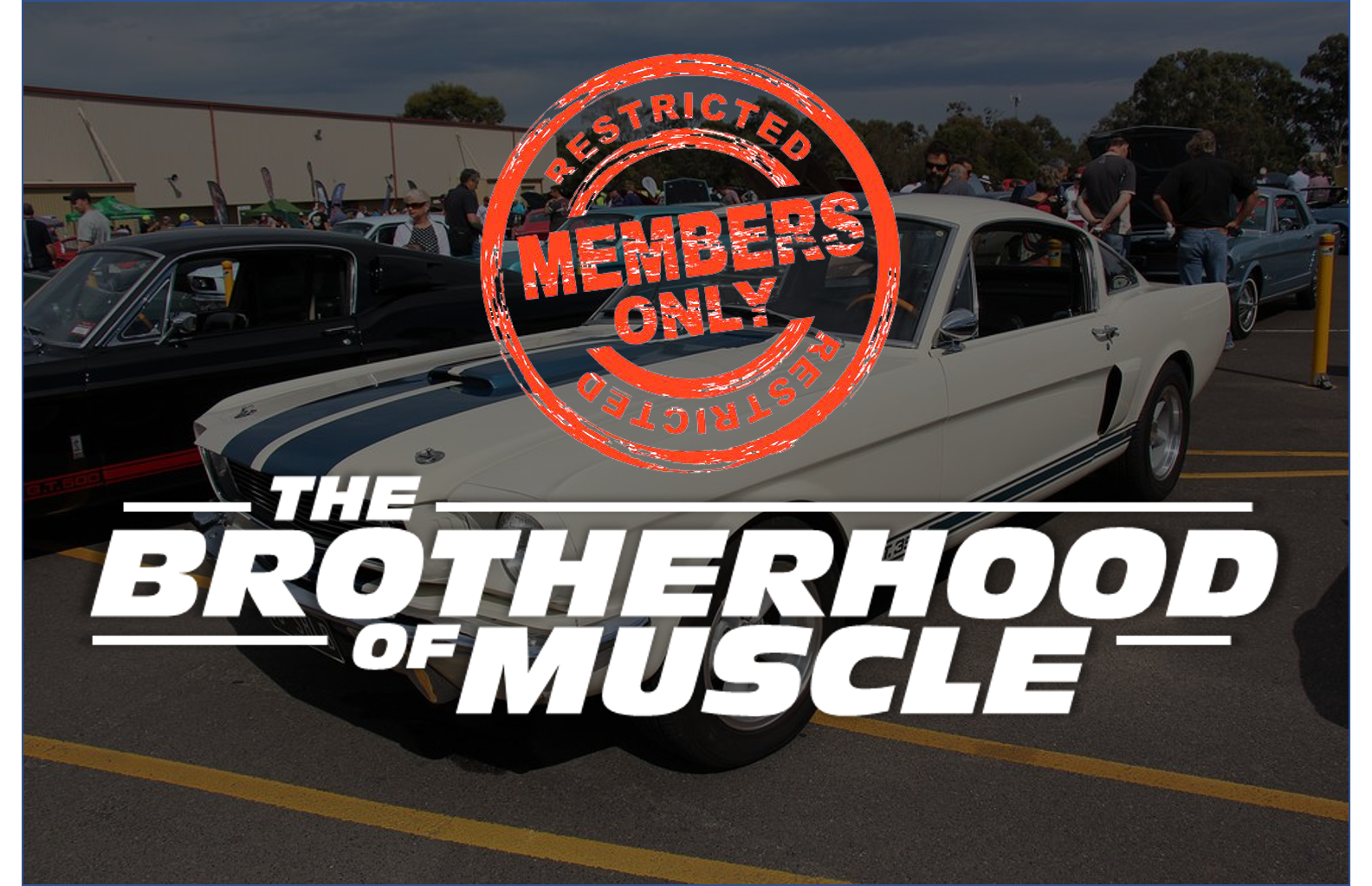

The 1969 Dodge Daytona and its sibling, the 1970 Plymouth Superbird, are arguably the most radical vehicles to emerge from the muscle car wars. But the Daytona, as the name might suggest, wasn’t designed for street racing. It was built to win Nascar races on the superspeedways—the longest and fastest tracks.
To increase top speed, engineers took the Charger to the wind tunnel. The aerodynamic modifications to the big Dodge included a nearly 2-foot-tall rear wing, a flush rear window, and a longer, sloped nose cone. The results were impressive. The race version of the Daytona became the first car in Nascar history to break 200 mph. After numerous Dodge wins in 1969 and some by Plymouth in 1970, Nascar’s new rule book banned these cars. The production cars, which came packing a 440 big-block or the legendary 426 Hemi, are sought-after collector cars today that bring more than $150,000 at auctions.
Little-Known Fact: The Daytona’s aerodynamic modifications over a those of a standard Charger helped lower the coefficient of drag to 0.28—an excellent figure even by today’s standards. But did that huge rear wing really need to be so tall to maximize rear-end downforce? According to legend, no. The reason for the exaggerated height of the wing was so that the trunklid on the production cars could pass underneath it and fully open.